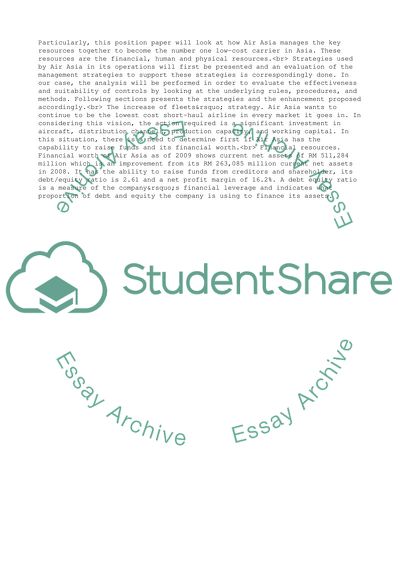Cite this document
(The Enhancement of the Strategic Ability of Air Asia Term Paper, n.d.)
The Enhancement of the Strategic Ability of Air Asia Term Paper. Retrieved from https://studentshare.org/management/1748167-a-position-paper-for-enhancing-the-organisations-strategic-capability-of-airasia
The Enhancement of the Strategic Ability of Air Asia Term Paper. Retrieved from https://studentshare.org/management/1748167-a-position-paper-for-enhancing-the-organisations-strategic-capability-of-airasia
(The Enhancement of the Strategic Ability of Air Asia Term Paper)
The Enhancement of the Strategic Ability of Air Asia Term Paper. https://studentshare.org/management/1748167-a-position-paper-for-enhancing-the-organisations-strategic-capability-of-airasia.
The Enhancement of the Strategic Ability of Air Asia Term Paper. https://studentshare.org/management/1748167-a-position-paper-for-enhancing-the-organisations-strategic-capability-of-airasia.
“The Enhancement of the Strategic Ability of Air Asia Term Paper”, n.d. https://studentshare.org/management/1748167-a-position-paper-for-enhancing-the-organisations-strategic-capability-of-airasia.


